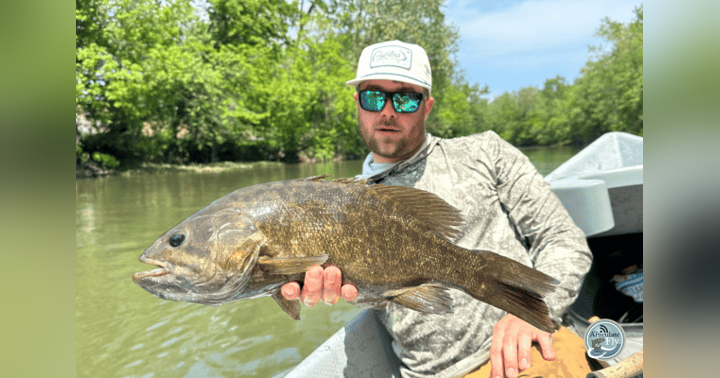LAST BITE AT THE APPLE: TROUT VISION AND COLOR

Before we leave our introduction on a trout’s eyesight, we need to spend a few minutes on color. When we fish streamers and nymphs, a fly’s color in hand may not be its color underwater. As sunlight passes through the water column, the water progressively filters out the sunlight’s constituent wavelengths. (Remember sunlight is made up of a collection of different wavelengths of light.) As a general rule, the water filters out the longer wavelengths (such as red) first and the shorter wavelengths (such as blue) last. Once a particular color’s wavelength is filtered out, the original color disappears and is replaced with gray. For instance, in the absence of red light, the red “hot spot” on a nymph will appear gray.
Water clarity and suspended particulates affect the rate and selectivity of color filtration. Fortunately, for trout anglers, water doesn’t materially filter colors at depths of less than six feet. Beyond six feet, it is a safe bet you have lost your reds. Please see Chapter One of Gary Borger’s Presentation for a more thorough discussion. [As an aside, this is one of the most comprehensive fly fishing reference books I have ever read. It is currently out of print but available through the usual used book outlets. It is a perfect gift for the hard-to-buy-for angler.] As depth increases and you lose color as well as a visible light, you should consider selecting flies with flashier or fluorescent materials. Simple, stark contrasts can also work well such as a fly with black and another much lighter color such as white or cream. Even a simple, black fly will create a stark contrast. Don’t forget a noisier fly can be your friend as well. In heavily stained or muddy water, try these tips even sooner.
So dry fly fishermen don’t feel left out, let’s briefly discuss the effect of backlighting and ambient light on color perception. When an object is strongly backlit, its colors tend to disappear, and its silhouette becomes more pronounced. This situation occurs when the sun is at low angle and the fly is between the sun and the trout. The fly’s colors are less discernible and its silhouette more stark. As the amount of light decreases, a trout’s (and a human’s) ability to discern color decreases. Think cloudy days, early morning and early evening. Again, the fly’s colors are less discernible and its silhouette more prominent. In both of these situations, don’t ignore fly color in your fly selection, but understand that an accurate silhouette may be a more important trigger.
At The Articulate Fly, we love questions! Please post a comment or send us your question.
Follow us on Facebook, Instagram, LinkedIn, Twitter or YouTube.




